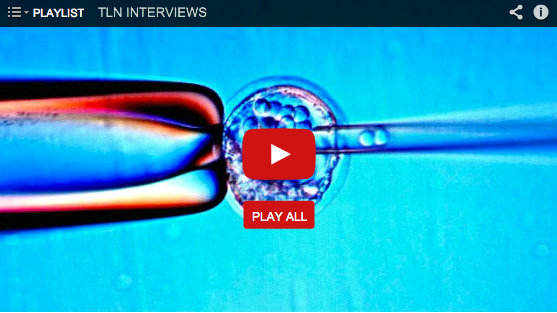Stem Cell Pioneers featured Dr. Riordan in its February installment of “Ask the Doctor”, a monthly segment that features stem cell scientists and doctors answering questions from readers about stem cell therapy.
Over the next several days, we will share these questions and Dr. Riordan’s answers with our readers.
Question for Dr. Riordan: If the FDA loosens regulations in the U.S., do you have any plans to open a clinic here?
Dr. Riordan’s Answer: Unfortunately I don’t see FDA loosening regulations any time soon so I have no plans to do anything in the U.S. using umbilical cord MSCs or even autologous SVF in the near future.
It would be great if the U.S. would follow Japan’s lead. The Japanese parliament passed legislation in November of last year that essentially allows a company to market a cell product after the product has been demonstrated to be safe. Quoting from an Athersys press release: “Recently, Japan’s parliament enacted new legislation to promote the safe and accelerated development of treatments using stem cells. The new regenerative medicine law and revised pharmaceutical affairs law define products containing stem cells as regenerative medicine products and allow for the conditional approval of such products if safety has been confirmed in clinical trials, even if their efficacy has not been fully demonstrated.”
So you can guess where everyone is running to and isn’t the U.S. Here are press releases from Mesoblast and Athersys, respectively:
http://finance.yahoo.com/news/athersys-announces-patents-japan-stem-120000430.html
Regarding plans for the U.S., I have thankfully partnered with Dr. Wade McKenna, who is Board Certified in Orthopedic surgery and Fellowship trained in Trauma and Trauma Reconstructive Surgery. Dr. McKenna has more experience using bone marrow concentrate for orthopedic conditions that anyone I know. We are opening a regenerative orthopedic center in the Dallas area hopefully by mid-April of this year. It will be in a new building and is being built out now. The center is called the Riordan McKenna Institute. It is located in Southlake, Texas, which is between Dallas and Ft. Worth, very near DFW airport.


